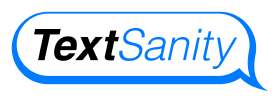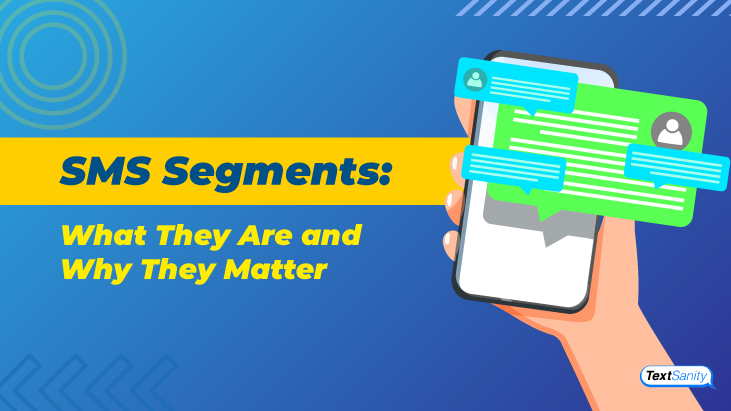SMS Segments: What They Are and Why They Matter
Most of us send text messages without thinking about how long they are and how much sending them costs.
However, these factors are relevant to businesses that take advantage of SMS marketing with an SMS marketing platform like TextSanity.
So here’s everything you need to know about SMS segments, what they are, and why they matter:

What is an SMS segment?
SMS segments refer to how many different messages are sent based on the number of characters used. Segments are still used to send text messages today.

You likely haven’t thought about SMS segments for ages, so to help you understand what an SMS segment is, let’s go back to the early 2000s.
You’re sending a message to a friend using your Motorola RAZR phone and notice a countdown at the top of the screen. An SMS message segment consists of 160 characters. A new segment begins after every 160 characters.
How many segments are there in SMS?
There’s no limit to how many segments you can use in an SMS message. At the same time, there are different types of segments based on the nature of the message.
For example, basic SMS messages use a different segment system than a multi-media, or MMS, message.
You can quickly calculate the number of segments you’re using in a text message by dividing your characters by 160. If the resulting number is less than one, then you’re using one segment, if it’s between one and two, you’re using two segments, and so on.
Do emojis or media affect your SMS segment length?
If you use emojis in your text message, a single segment is 70 characters. Finally, a single segment is up to 1,600 characters if you incorporate media (images or audio files) into your message.

Why do SMS segments matter for businesses?
Businesses must understand how SMS segmentation works because the number of segments sent affects marketing costs.
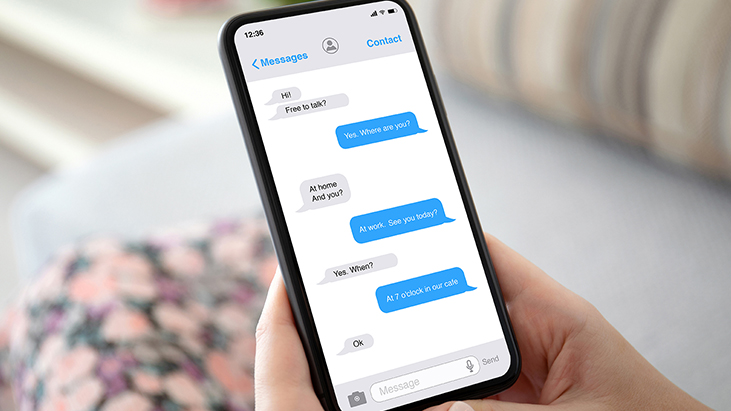
SMS segments impact how businesses conduct SMS marketing. For example, paying for two SMS segments is wasteful if a message is 161 characters. Getting rid of a few characters saves a lot of money.
Additionally, emojis decrease the number of characters allowed in a segment. So businesses should use MMS as an alternative, cost-effective accompaniment to its SMS marketing messages.
![]()
What factors impact segments?
There are additional factors to keep in mind when crafting text messages. For example, SMS encoding impacts segments. SMS encoding refers to how data is converted from one device to another. There are two main methods of SMS encoding: GSM-7 and UCS-2.
- GSM-7 is the standard method of encoding. It uses seven bits to send a single character — limiting you to 160 characters in a single segment.
- UCS-2 is an alternative to the standard GSM-7. UCS-2 encoding uses 16 bits to send a single character, so 70 characters is a segment instead of 160. Special characters like emojis or characters found in other languages use UCS-2 encoding.

SMS segment delivery
Here’s a quick breakdown of segments based on characters:
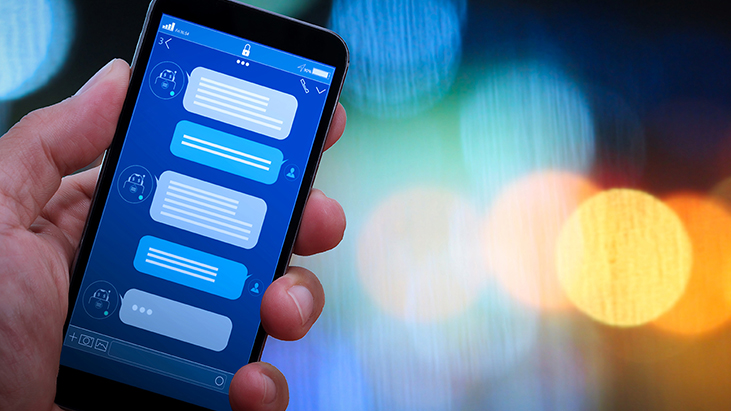
- 0 to 160 characters equal one SMS segment
- 161 to 320 characters equal two SMS segments
- 360 to 480 characters equal three SMS segments
- 481 to 640 characters equal four SMS segments
- 641 to 800 characters equal five SMS segments
![]()
How do multiple segments get delivered to the recipient?
Each segment is a single text message within the recipient’s inbox. From there, recipients can read the message as a whole, in the proper order, and respond accordingly.
The good news is that multiple segments are easily delivered to recipients and are always sent in the right order.
How do I know whether my message is multiple segments?
As discussed above, divide the number of characters in your message by 160.
However, if you’re using emojis, accented characters, or MMS, your calculations are a bit different. If you’re using emojis or accented characters, divide the number of characters by 70 to figure out your number of segments.
If you’re sending an MMS with basic characters, divide by 1,600 and if you’re using emojis or other characters, divide by 1,000.
In all of these cases, if the resulting number is greater than one, your message will be sent in multiple segments, and you will be charged if you do not have an unlimited messaging plan.

How have segments changed?
Although we no longer use T9 messaging on Motorola RAZRs, SMS segments really haven’t changed much since their inception.

However, SMS segments are less relevant to the average mobile user because most have unlimited text messaging included in their cell phone plan.
However, SMS segments are still relevant to businesses that use SMS messaging as a marketing channel or general communication.
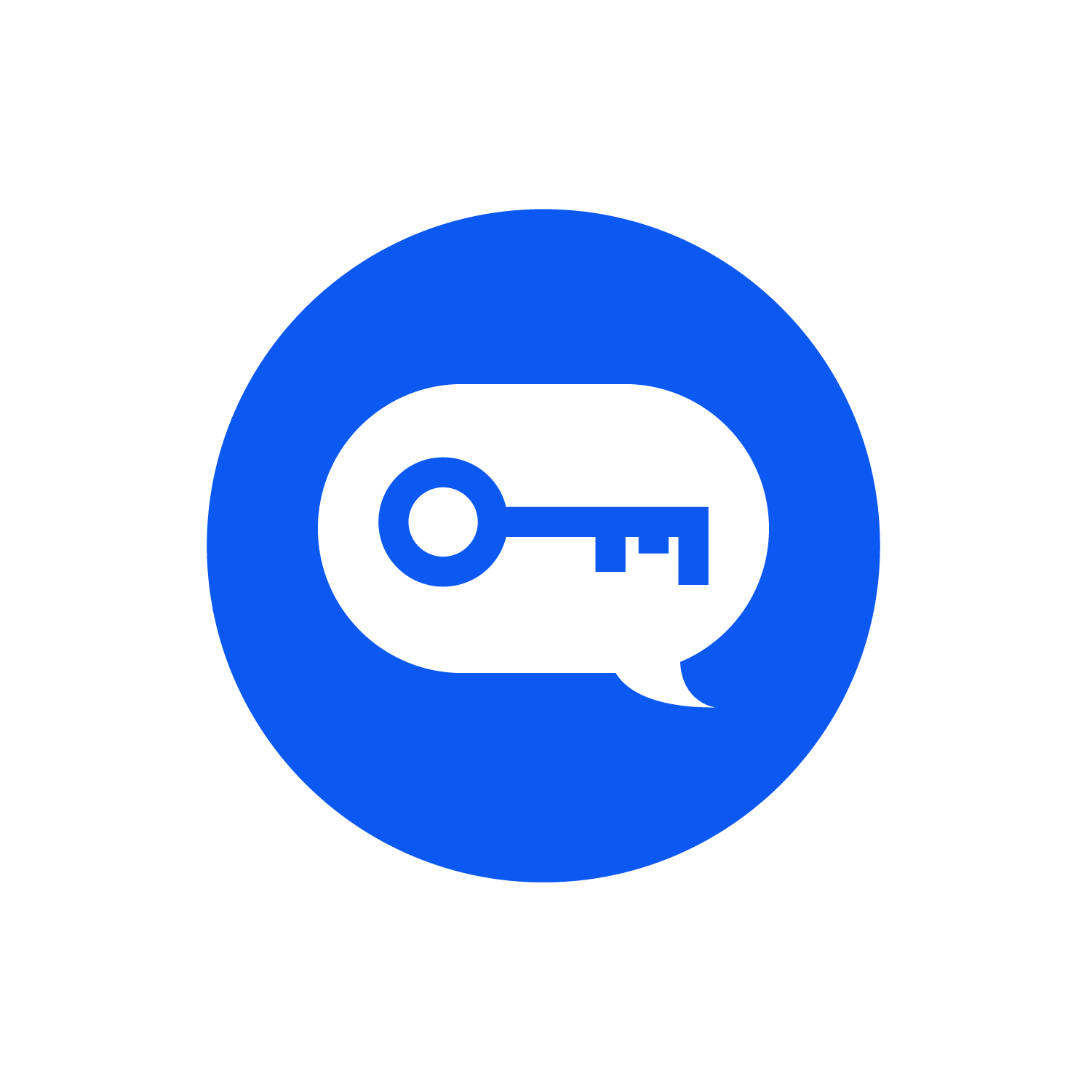
How do SMS segments impact cost?
These days, SMS segments are most relevant to businesses using SMS messaging services for marketing purposes since SMS segments can impact mobile phone plan costs. The more segments you send, the more it costs.
For example, if you’re sending a text message that’s 400 characters, it is sent in three different segments, and you are charged for three messages.
How are SMS segments billed?
The cost of each SMS segment varies depending on your messaging plan. Generally speaking, you can expect to pay anywhere from $0.02 to $0.04 per segment.
Some SMS messaging tools use messaging credits, where you are charged one credit for one segment, two credits for two segments, three for three, and so on.

Are there different types of SMS segments?
Mobile companies base SMS segments on the encoding and the message type.
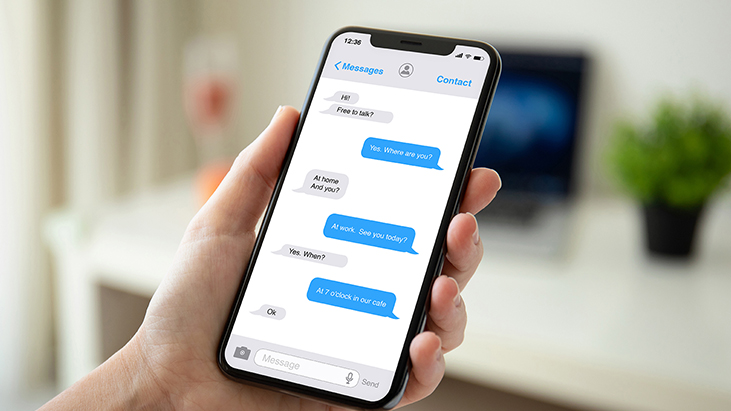
SMS segments differ depending on whether your message uses GSM-7 encoding or UCS-2 encoding.
Segments also differ depending on whether the message includes regular characters, accented characters, or media.
Conclusion
With this guide to understanding SMS segments at your disposal, you’re ready to start using texting for your business. Visit TextSanity to set up your subscription and take advantage of our platform’s text message marketing tools with no contracts or setup fees.
Additionally, text the word DEMO to 50505 for a free, customized TextSanity demo.
